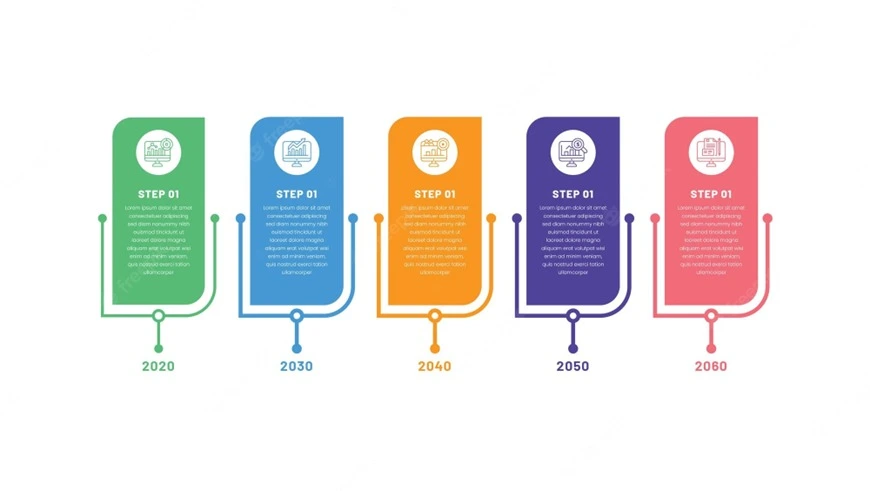Business Intelligence and Data Analytics
Expand Your World: Business Intelligence and Data Analytics: A blog about business intelligence, data analytics, and great uses of both. Business intelligence and data analytics are tools that can be used to help businesses gain valuable insights from their data. These are two areas that are often left up to the marketing department, but should […]
Business Intelligence and Data Analytics Read More »



